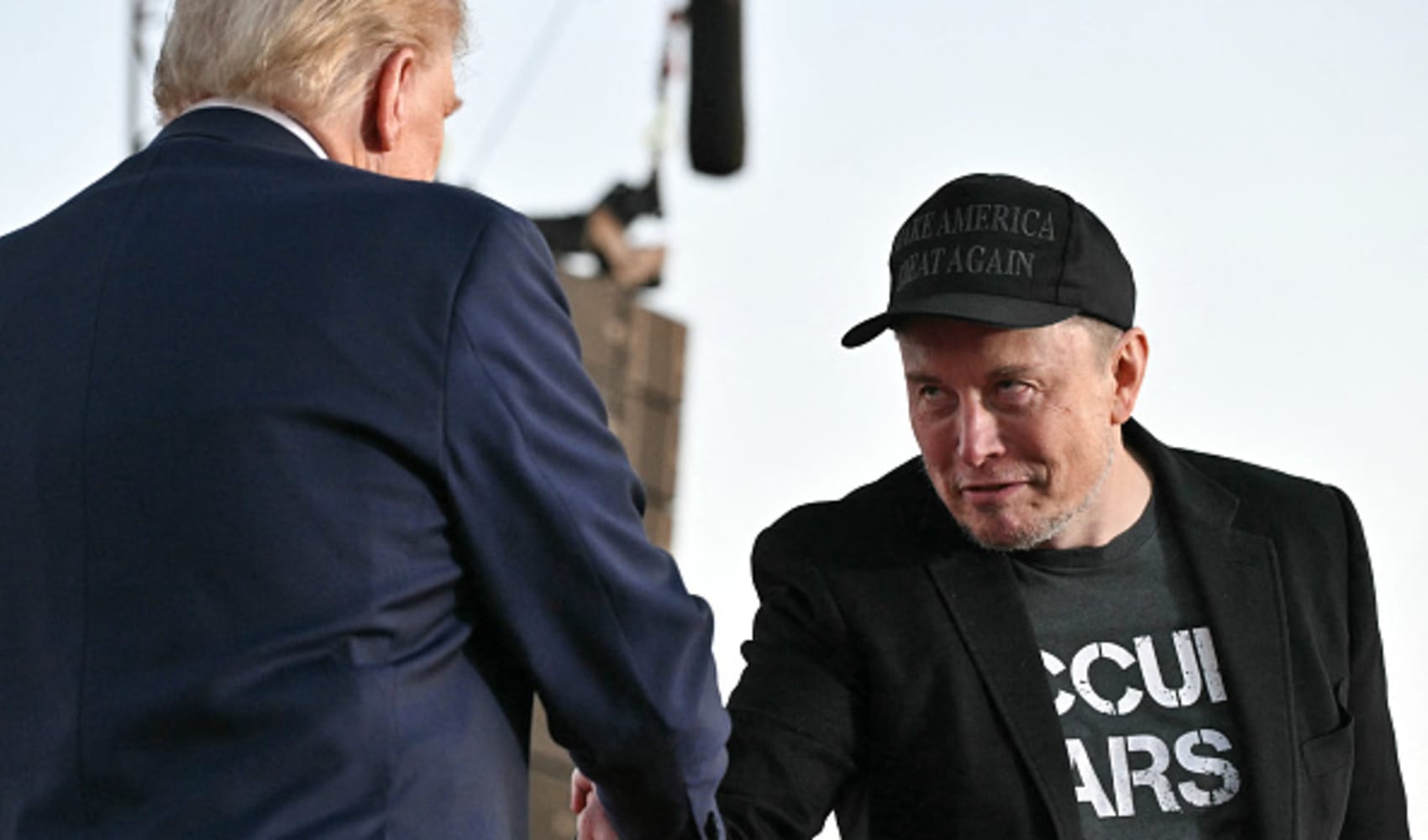
- Markets fell Wednesday after the Federal Reserve's decision to cut interest rates by 50 basis points.
- The central bank's Chair Jerome Powell tried to dispel concerns that the significant move signaled fears about the economy.
- Boeing is starting to furlough tens of thousands of employees as machinists strike.
Here are five key things investors need to know to start the trading day:
1. Roller coaster ride
Stock markets took a volatile turn Wednesday as investors weighed the Federal Reserve's interest rate decision. Market watchers initially cheered the outsized 50-basis-point rate cut, but it raised concerns that the Fed was trying to get ahead of potential economic weakness. The Dow Jones Industrial Average closed 103.08 points lower, or down 0.25%, after earlier rising as much as 375.79 points just after the Fed decision. The S&P 500 lost 0.29% after touching a record high in earlier trading, while the Nasdaq Composite fell 0.31%. Fed Chair Jerome Powell tried to squash concerns that the central bank had concerns about the economy, but stocks still fell. Follow live market updates.
2. Nifty fifty

Get Tri-state area news delivered to your inbox. Sign up for NBC New York's News Headlines newsletter.
The Federal Reserve cut its key overnight borrowing rate by a half percentage point, or 50 basis points, for the first time since 2008, during the global financial crisis. It's the first rate cut since the early days of the Covid pandemic and lowers the federal funds rate to a range between 4.75% and 5%. The decision was not unanimous, as Fed Governor Michelle Bowman backed a quarter-point cut instead of the more aggressive half point. Fed Chair Jerome Powell said with Wednesday's decision, the Fed was "trying to achieve a situation where we restore price stability without the kind of painful increase in unemployment that has come sometimes with this inflation." Fed members predicted they would cut rates by another half point before the end of the year.
Money Report
3. Boeing's concern
Boeing will start furloughing tens of thousands of U.S. executives, managers and other staff, CEO Kelly Ortberg said in a memo Wednesday. The company is racing to cut costs as it deals with an ongoing strike of more than 30,000 machinists. Affected employees will take one week of furlough every four weeks for as long as the strike lasts, according to the memo. Meanwhile, Ortberg and other executives on his team will take "commensurate" pay cuts during the strike, he said. Negotiations between the company and the union continued this week with a mediator, but the union said it was frustrated after the talks on Tuesday.
4. Warehouse wages

Amazon is increasing wages for its hourly warehouse workers. Its average starting pay for front-line employees in the U.S. will be more than $22 an hour, up from roughly $20.50 an hour, the company said Wednesday. It also said those employees would get a Prime subscription service included in their benefits package starting early next year. The moves come ahead of the busy holiday season, when when retailers typically see a surge in online shopping.
5. WNBA surges

The WNBA is booming. The league has broken viewership and attendance records this season, and its new media rights deal with Disney, NBCUniversal and Amazon more than tripled the value of its last agreement. The league also announced a new franchise in Portland on Wednesday, the third team in its current round of expansion. Yet players still make relatively modest salaries. Rookie superstar Caitlin Clark, who has helped to fuel the league's popularity, makes around $76,000 this year. Many of the league's most accomplished veterans make around $200,000. Here's more on why the WNBA is growing so fast, and how the league's economics could change in the coming years.
— CNBC's Hakyung Kim, Jeff Cox, Leslie Josephs, Annie Palmer and Tala Hadavi contributed to this report.
— Correction: Fed Governor Michelle Bowman backed a quarter-point rate cut. A previous version of this article misstated her vote.






